Ferrari 312 P
An achingly beautiful, blisteringly quick but lesser-known gem
BY: WOUTER MELISSEN
With one stroke of the pen, the Ferrari 330 P4 and Ford Mk IV were rendered obsolete for the 1968 season, effectively ending the legendary Ferrari vs Ford war in the World Sports Car Championship.
While Ford had already announced its withdrawal from the sport having scored two consecutive Le Mans victories, Ferrari also decided to sit out at least the 1968 season. The Italian manufacturer did return to sports car racing in 1969. Ferrari had used the sabbatical well and produced the fabulous 312 P only to find a further, more subtle rule change put the car’s future in doubt before it even raced.
The original change of the regulations saw the introduction of a 3.0-liter displacement limit for sports prototypes that ran in the Group 6 class. The Group 4 class for homologated sports cars now had a maximum engine capacity of 5.0 liters. To qualify for the category, at least fifty examples of the type had to be produced. Among the cars that already met these criteria were the Lola T70 and small-block-engined Ford GT40, which were mainly run by privateers. The 4.0-liter Ferrari 330 P4 did not, as only three were produced for the 1967 season. What trickled through as the reason for the sabbatical was that it served as a protest from Enzo Ferrari to the rule changes. What probably was more likely is that a disappointing couple of seasons in Formula 1 and the ever-escalating cost of taking on the Ford Motor Company had left Ferrari desperately short of funds. For 1968, Formula 1 was given priority at the expense of the sports car program.
Porsche did step up and produced the new Type 908 for the 1968 World Championship. It was powered by a purpose-built flat-eight engine. The air-cooled unit was not quite as powerful as the Formula 1 engines that had the same limit, but it was very reliable. The main opposition for the 908 was the J.W. Automotive run, Gulf-liveried Ford GT40. The Porsches won the Daytona 24 Hours and Sebring 12 Hours but thanks to a win in the 24 Hours of Le Mans, Ford won the World Championship. Ferrari did produce one sports prototype that season: the 612 Can-Am, which as the name suggests was built for the lucrative Canadian-American Challenge Cup. Powered by a 6.2-liter, 48-valve V12 engine, it was the largest engined Ferrari yet. It was tested at Monza and raced only once by Chris Amon with little luck.
The Ferrari Formula 1 cars disappointed once again in 1968, which prompted Enzo Ferrari to take more drastic measures. chief engineer Mauro Forghieri was tasked with the development of a brand-new, 3.0-liter, twelve-cylinder engine with a 180-degree V-angle, which was due to power the Ferrari Grand Prix cars from the start of the 1970 season. In anticipation of the all-new engine, the Italian team fielded just a single machine in the 1969 Formula 1 World Championship. The Formula 1 car for that year was only a mild development of the 1968 car. Ferrari instead opted to use the resources to create a new Group 6 car after all.
Tasked with creating the new racer was Giacomo Caliri, a trained aerodynamicist, who had only recently joined Ferrari. Among his first assignments had been the 612 Can-Am, so Caliri did already have some experience with sports cars. Ferrari’s Group 6 sports racer was dubbed the 312 P, which explained just what it was: a 3.0-liter, twelve-cylinder-engined prototype. It was not necessarily a completely new machine, as it combined the best parts from the earlier 330 P4, the 612 Can-Am, and the 312 F1 Grand Prix car.
The heart of the 312 P was the latest competition V12 that was a further evolution of the 330 P4 unit and similar to the 312 F1 engine. Whereas the 330 P4 had three valves per cylinder, the 312 P, like the 612 Can-Am and 312 F1 units, had four valves per cylinder. These were actuated by four overhead camshafts. The fuel injection system was sourced from Lucas in England. In endurance trim, the 3.0-liter unit produced around 420 hp at 9800 rpm. By comparison, the 1969 specification Formula 1 engine was understood to be good for 436 hp at a mesmerizing 11,000 rpm. The V12 was mated to a five-speed gearbox that had also been developed in-house.
The new drivetrain was installed in what was Ferrari’s idea of a monocoque. This still consisted of a traditional spaceframe with aluminium panels riveted on for additional rigidity. The semi-monocoque chassis was directly derived from the type used in the 330 P4 and 612 Can-Am. Compared with the P4, it featured a slightly shorter wheelbase and a wider rear track. It was also fitted with considerably wider wheels and tires. Suspension was fully independent on both ends with coil springs over telescopic shock absorbers.
The 312 P was fitted with a wedge-shaped body that was a derivative of the design Caliri had penned for the 612 Can-Am. The very low bodywork was created from aluminium and featured a cut-off rear tail. The original design was a strikingly beautiful Spider with a very small opening for the driver. For Le Mans a more aerodynamically efficient and perhaps even prettier but slightly heavier Coupe version was also created. Compared with the 330 P4 it replaced, the 312 P was a major step forward, as it was well over 100 kg lighter and despite the smaller engine was only 20 hp down on power.
The 312 P was presented in December of 1968 and testing commenced shortly thereafter. Unfortunately, the first example built was damaged in testing and caused its competition debut to be postponed. With the entry in the Daytona 24 Hours scratched, the 312 P first saw action at the Sebring 12 Hours in March of 1969. The effort was run by Mike Parkes, who worked for Ferrari both as an engineer and a works driver, but he was still recovering from an accident in the 1967 Belgium Grand Prix where he broke both legs. Tasked to drive the 312 P were Chris Amon and Mario Andretti.
Effectively a Ferrari Formula 1 car with a full-width body, the 312 P proved blisteringly fast. Having already tested the car in Italy, Amon was the quicker of the two drivers and set the fastest time of all in qualifying. Starting from pole position, the 312 P quickly developed a water leak, which required more frequent pit stops to fill up the radiators than would otherwise have been necessary. Despite the ever-fluctuating temperatures, the V12 proved robust and survived the full twelve hours. It powered Andretti and Amon to a second-place finish overall and first class despite losing considerable time in the pit lane.
It was an impressive debut, but that aforementioned subtle rule change and Porsche’s interpretation of the revised regulations had moved the goalposts beyond the 312 P’s reach. Earlier that same month, Ferrari’s German rival had introduced the all-new 917 sports racer at the Geneva Motor Show. It was built to the Group 4 regulations, which from 1969 onwards had a production limit of just twenty-five examples. This just about made it viable for Porsche to develop what was effectively a 5.0-liter sports prototype. To recoup some of the costs, Porsche also made the car available to customers. At the official Le Mans test at the end of March, Porsche already had two 917s and for the race three were entered.
At that same Le Mans test, Ferrari had their second 312 P (0870) ready, which was still fitted with a Spider body. It was fifth fastest with Chris Amon and Ernesto Brambilla behind the wheel. After a fourth-place finish at Brands Hatch for the first 312 P (0868), Ferrari fielded the two cars together for the first time at Monza. They lined up first and third on the grid, but it was a disappointing race, as the first 312 P was badly damaged in an accident and the other was forced to retire with an engine failure. There was more luck at Spa, where the second 312 P was driven to second overall, beaten only by a 3.0-liter Porsche 908.
For the 24 Hours of Le Mans, two 312 Ps were entered, both fitted with slippery coupe bodies. Among them was a brand-new car (0872) that still used the 0868 chassis number of the car crashed at Monza, as the number on the entry list had not been updated. The two cars lined up on the grid in fifth and sixth. The race brought further disappointment as Amon was involved in the opening lap accident that took Porsche 917 driver John Woolfe’s life. The other car also failed to finish due to a gearbox failure. As it turns out, this would be the last outing for the 312 Ps with the works team. The two surviving 312 Ps were sold to Luigi Chinetti in coupe form for his North American Racing Team.
Following a single outing late in 1969 at the Bridgehampton Can-Am race, the two cars were properly prepared by N.A.R.T. for the 1970 season. They were raced at Daytona and Sebring, with a fourth overall and first in class at Daytona as the best result. Among the rivals was the new Ferrari 512 S, which was the Italian manufacturer’s answer to the 917. The two N.A.R.T. 312 Ps were then brought over to Europe again for an entry in the 24 Hours of Le Mans. One served as a spare, while the other was raced by Chuck Parsons and Tony Adamowicz. The car did finish tenth overall and third in class, but it was not classified, as too few laps had been completed.
After Le Mans, the spare car (0870) was retired for contemporary racing and has been part of the French Mas du Clos collection ever since. Chassis 0872 reappeared in 1971 with a revised Spider body that was somewhat like Ferrari’s all-new, flat-twelve-engined 312 P(B). It scored another class win at Daytona and also finished eighth at Sebring. Longtime N.A.R.T. mechanic Francois Sicard then produced a brand-new chassis for the car to which the running gear from 0872 was fitted. Known as the Chinetti Speciale or the Flying Shingle, it was raced at Daytona in 1972 and again at Le Mans in 1974, where it still finished a credible ninth overall.
At that same Le Mans test, Ferrari had their second 312 P (0870) ready, which was still fitted with a Spider body. It was fifth fastest with Chris Amon and Ernesto Brambilla behind the wheel. After a fourth-place finish at Brands Hatch for the first 312 P (0868), Ferrari fielded the two cars together for the first time at Monza. They lined up first and third on the grid, but it was a disappointing race, as the first 312 P was badly damaged in an accident and the other was forced to retire with an engine failure. There was more luck at Spa, where the second 312 P was driven to second overall, beaten only by a 3.0-liter Porsche 908.
For the 24 Hours of Le Mans, two 312 Ps were entered, both fitted with slippery coupe bodies. Among them was a brand-new car (0872) that still used the 0868 chassis number of the car crashed at Monza, as the number on the entry list had not been updated. The two cars lined up on the grid in fifth and sixth. The race brought further disappointment as Amon was involved in the opening lap accident that took Porsche 917 driver John Woolfe’s life. The other car also failed to finish due to a gearbox failure. As it turns out, this would be the last outing for the 312 Ps with the works team. The two surviving 312 Ps were sold to Luigi Chinetti in coupe form for his North American Racing Team.
All the surviving components of the original 0872 and the Flying Shingle were acquired by Carle Conway III in 1980. He removed all the 0872 components in order to rebuild the car to its original 312 P configuration. The Flying Shingle was fitted with an engine from a 330 GT and still survives to this day. The next custodian of the 312 P was Peter Sachs, who acquired the project from Conway in 1982. In his ownership, chassis 0872 was meticulously restored to the coupe guise it raced at Le Mans in. From the Sachs collection, it was bought by a Swiss enthusiast in 2007. He has had Swiss specialist Edi Wyss Engineering carefully prepare the car for historic racing.
“It is very hard work to keep these kinds of cars running and the owner does big efforts to do so,” said Edi Wyss Engineering’s Thomas Schnitzler. He explains: “The engine alone has a running time of about thirty to fifty hours between the rebuilds. We rev it today up to 11,500 rpm, which they never did in period.” Done in-house by Edi Wyss Engineering, the engine is now good for close to 500 hp. At its most recent outing during the 2021 Grand Prix de l’Age d’Or at Dijon, the 312 P was raced in Spider guise. Schnitzler: “The drivers mention the engine goes much better in Spider form, as it has a proper air-box that gets the engine more air.”
Changing between the two is actually not that complicated, according to Schnitzler: “It will take about two hours. You need the windscreen, two other doors, a roof, and a new rear bonnet. The front is the same for both configurations.” In addition to a 30-kg weight difference, there is also an advantage during the pit stops: “We intended to do a driver change in the race. To get in and out in the coupe is not very easy.” Sadly, the 312 P had problems starting before the race. Several laps into the race, it got going and driver Remo Lips managed to set the fastest lap, even beating the pole position time set during qualifying by a 5.0-liter Lola T70.
“The car is really gentle to drive,” Lips explains. “I think the best thing are the brakes. I could brake so late, it almost feels like a modern car.” It is not so kind on its tires, he says. “The biggest problem is the huge power; after twenty minutes I had big problems with understeer.” What particularly stuck for Lips was the glorious soundtrack of the V12: “The car is extremely loud … but very nice! I think I do need new earplugs.” Schnitzler concludes: “We still have to learn the car to get its full potential. But we are moving in a good direction and have to work on these issues.”
Raced by the works team for only half a season, the 312 P is one of the lesser-known Ferrari sports racers. It was later also overshadowed by the 512 S and the all-new, flat-twelve-engined 312 P that proved to be all-conquering during the 1972 season. The original 312 P deserves more credit, as it was achingly beautiful and blisteringly quick. Its biggest problem was that it was a season late. Ferrari historian Marc Sonnery has since chronicled the history of these remarkable cars in several issues of Cavallino magazine and more recently, a dedicated book was written by Gianni Agnesa with 0872 on the cover.
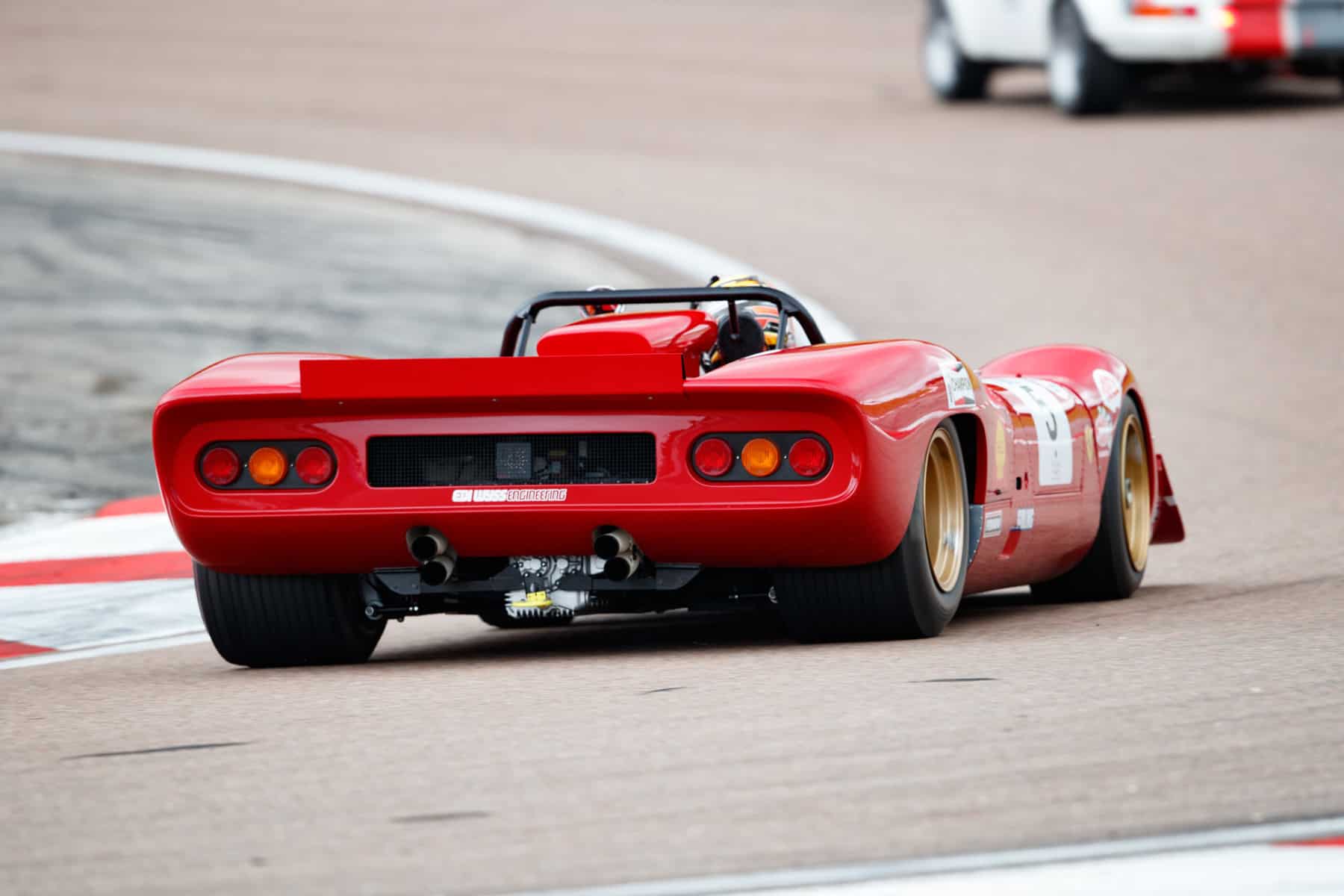
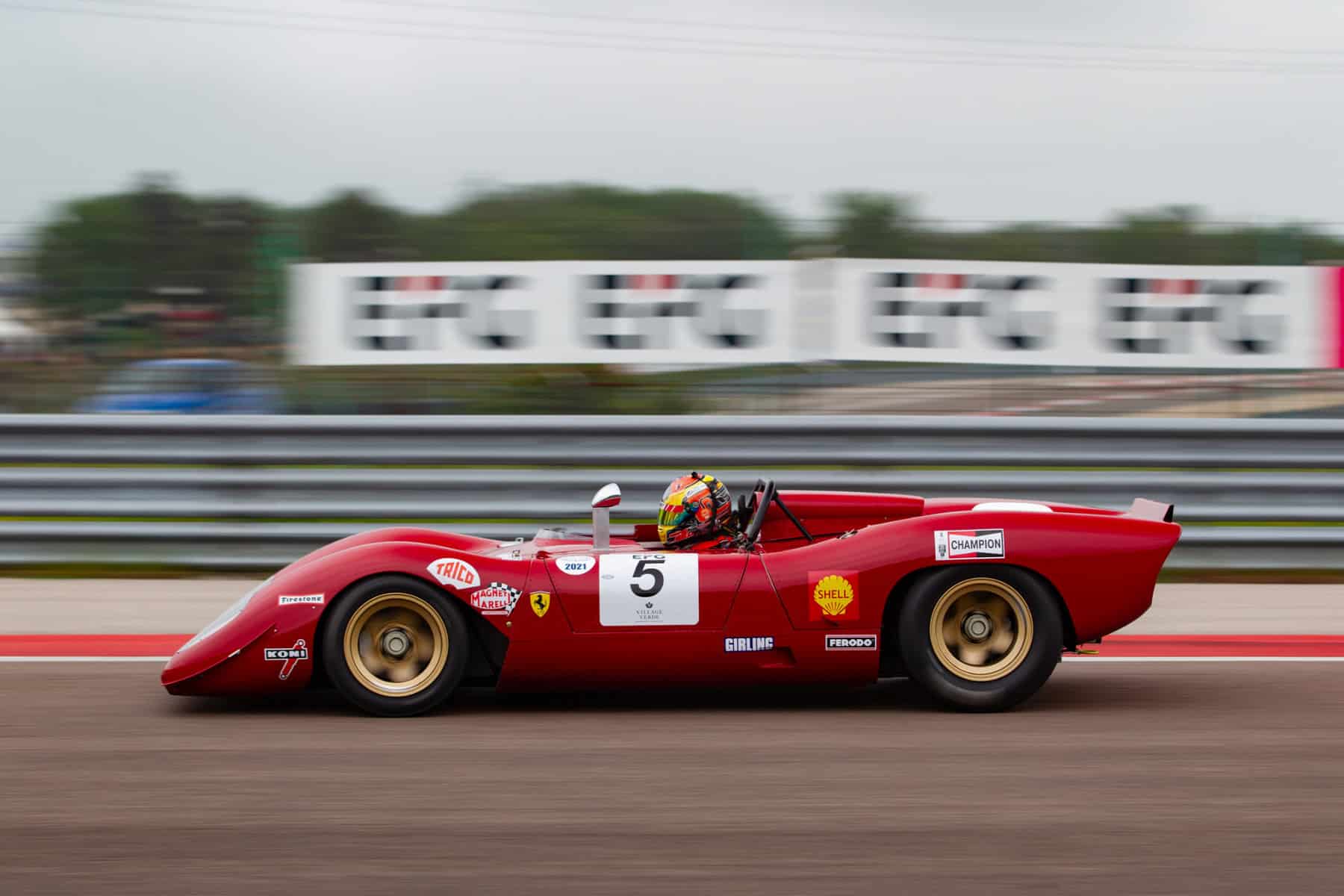
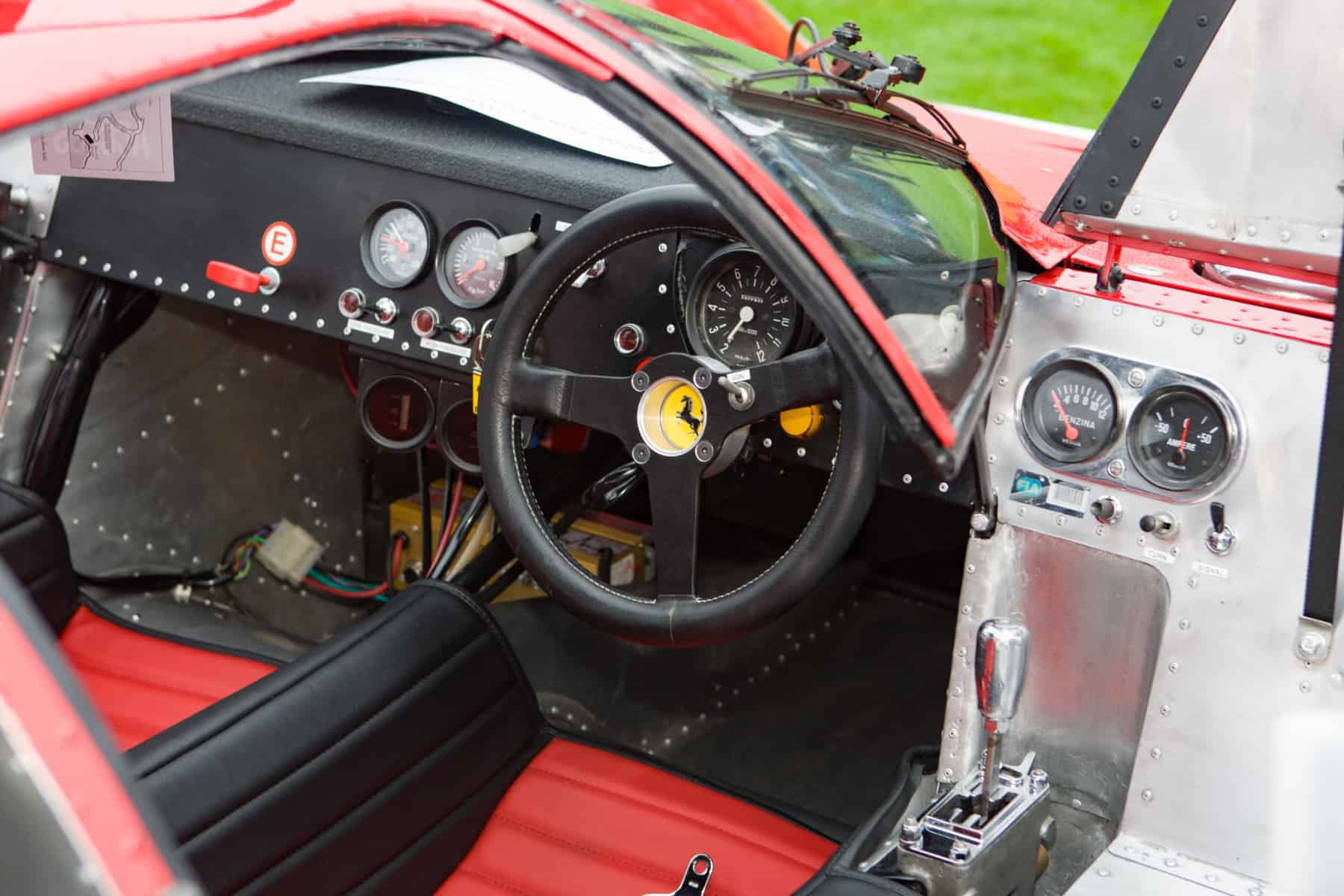
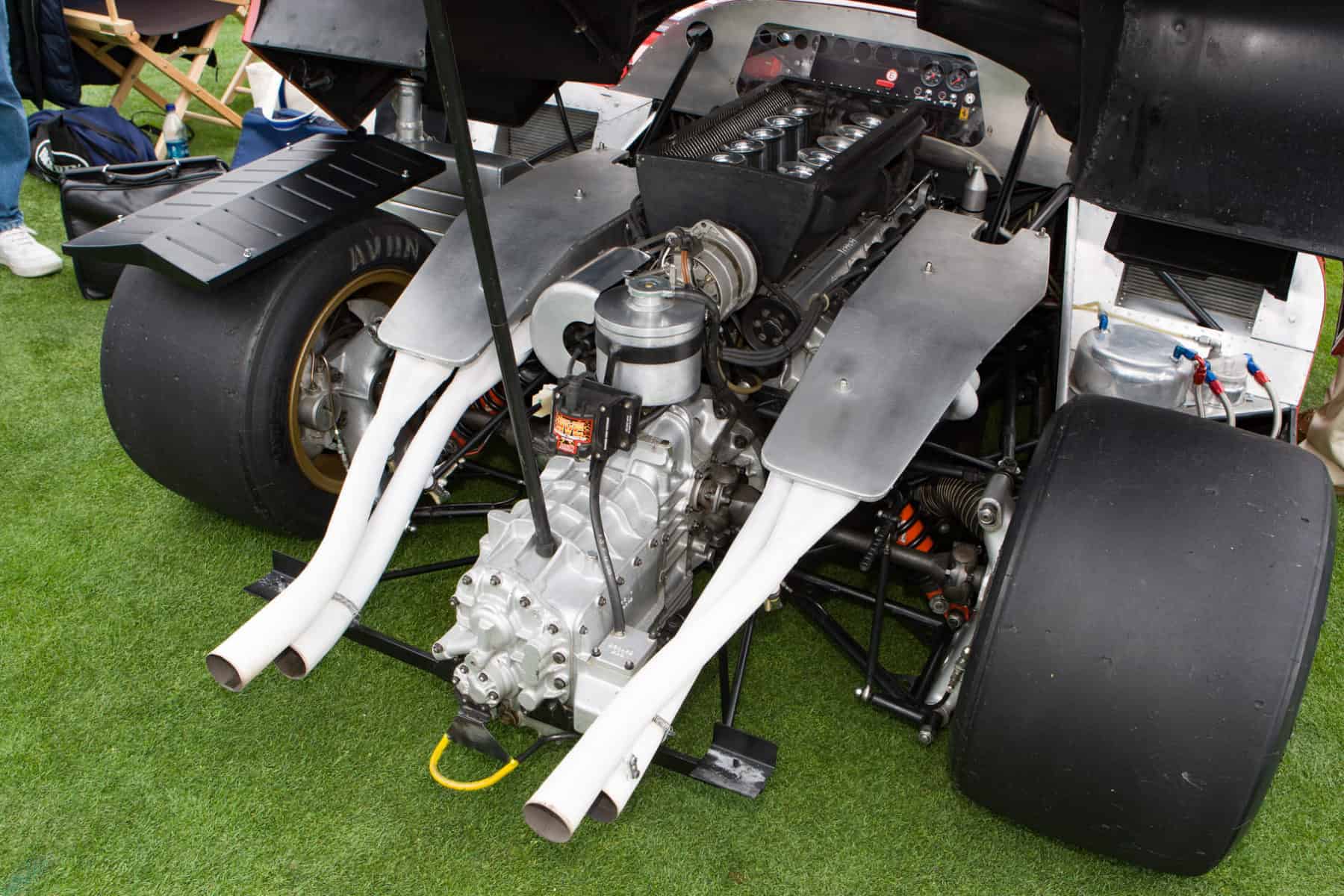
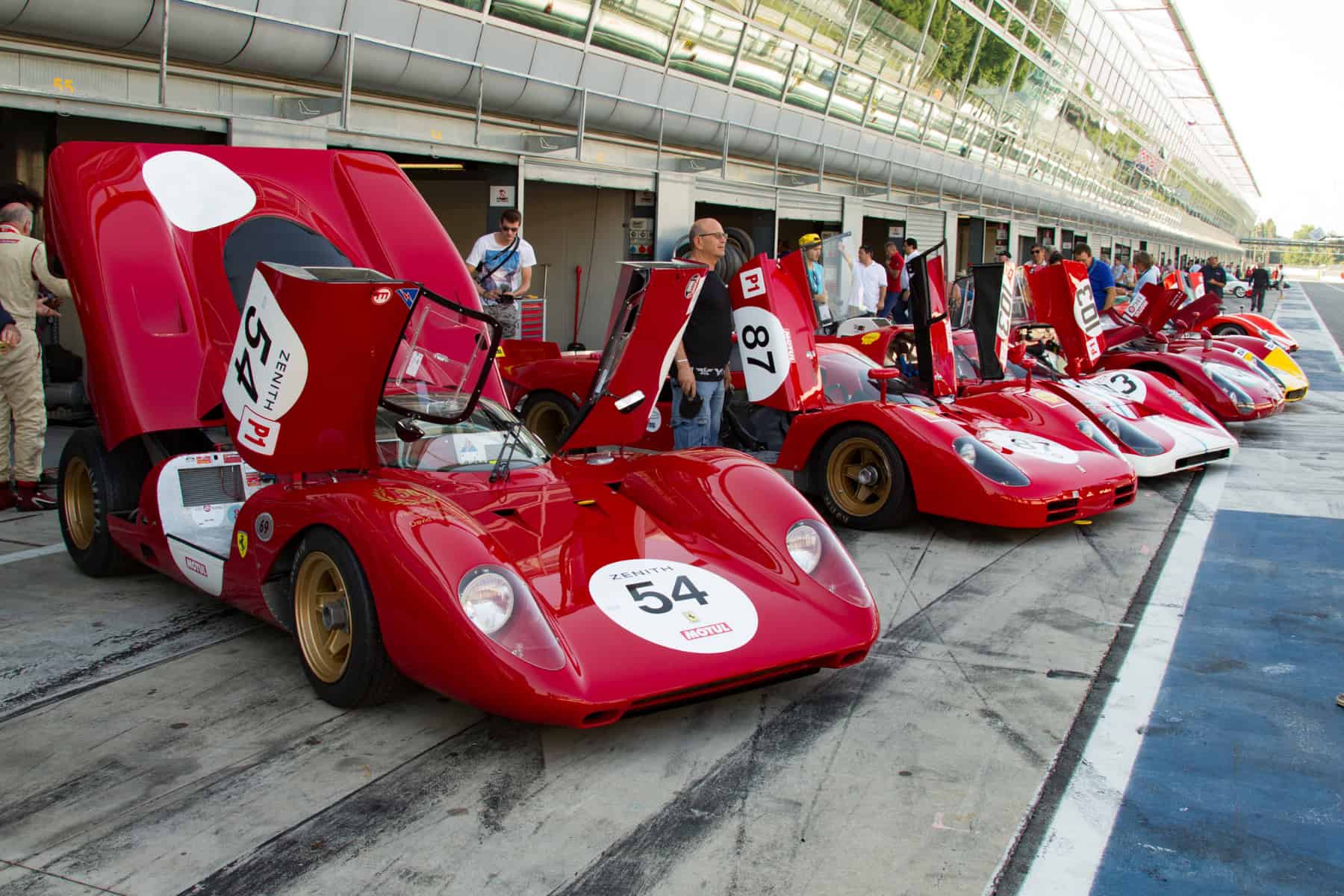

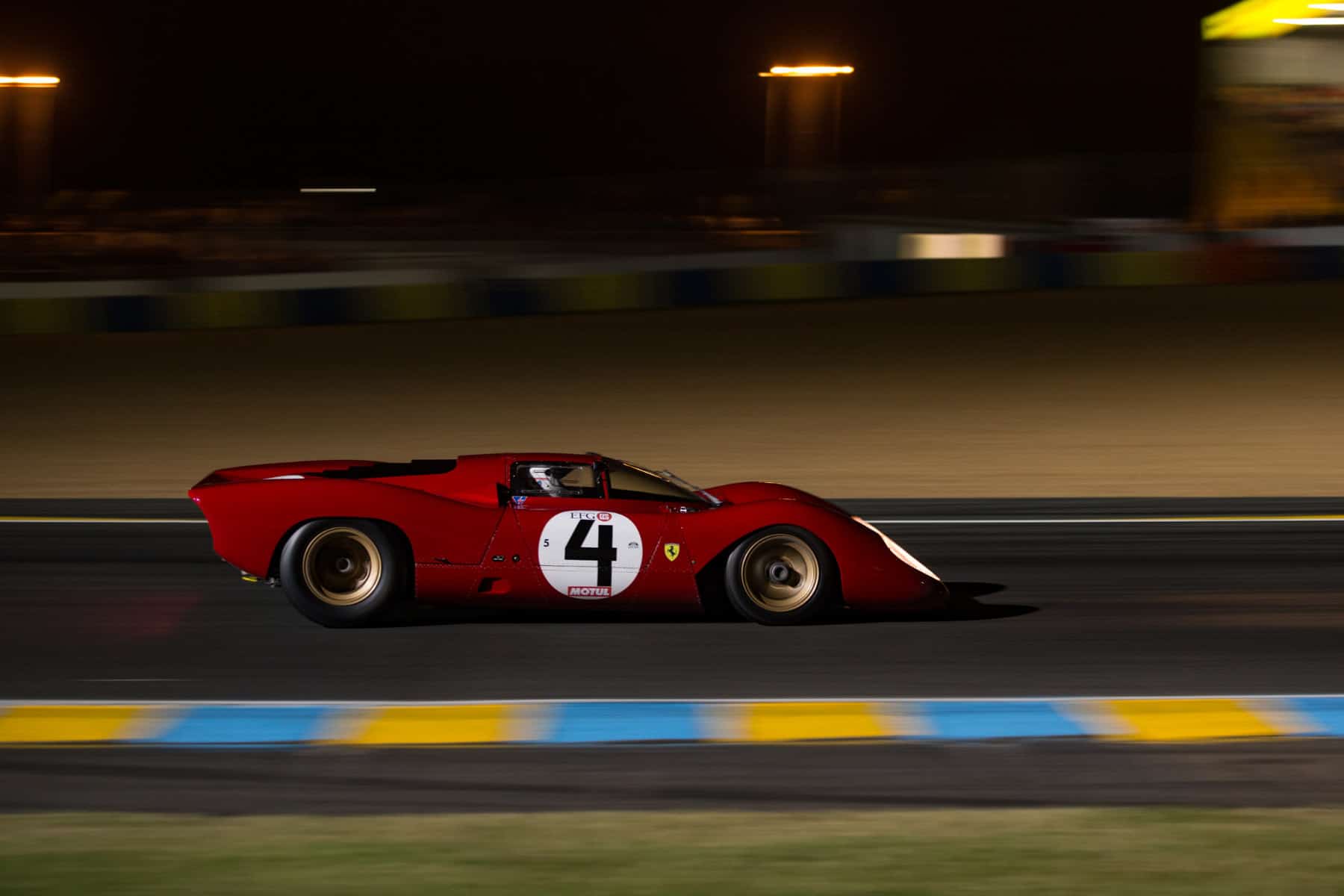
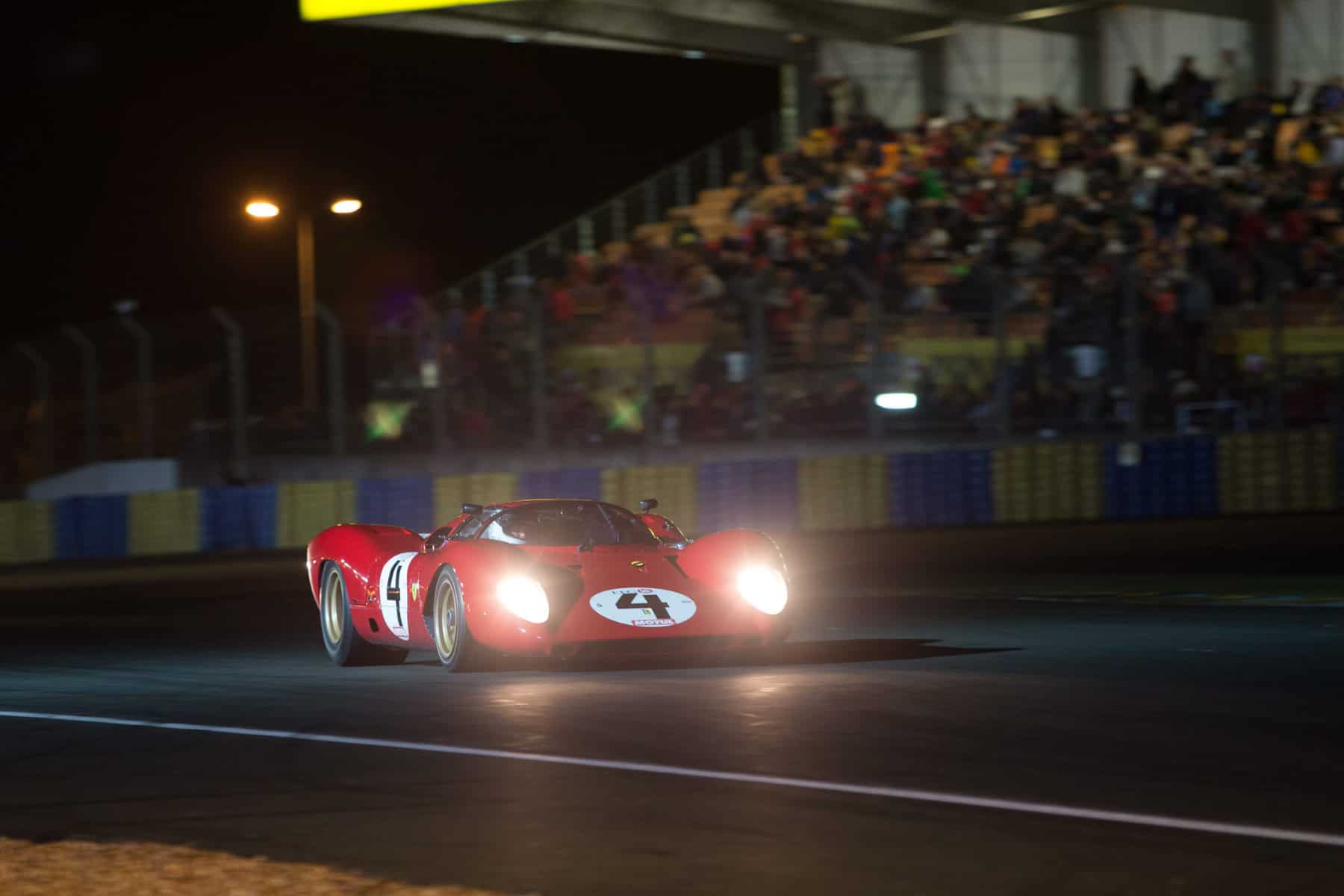
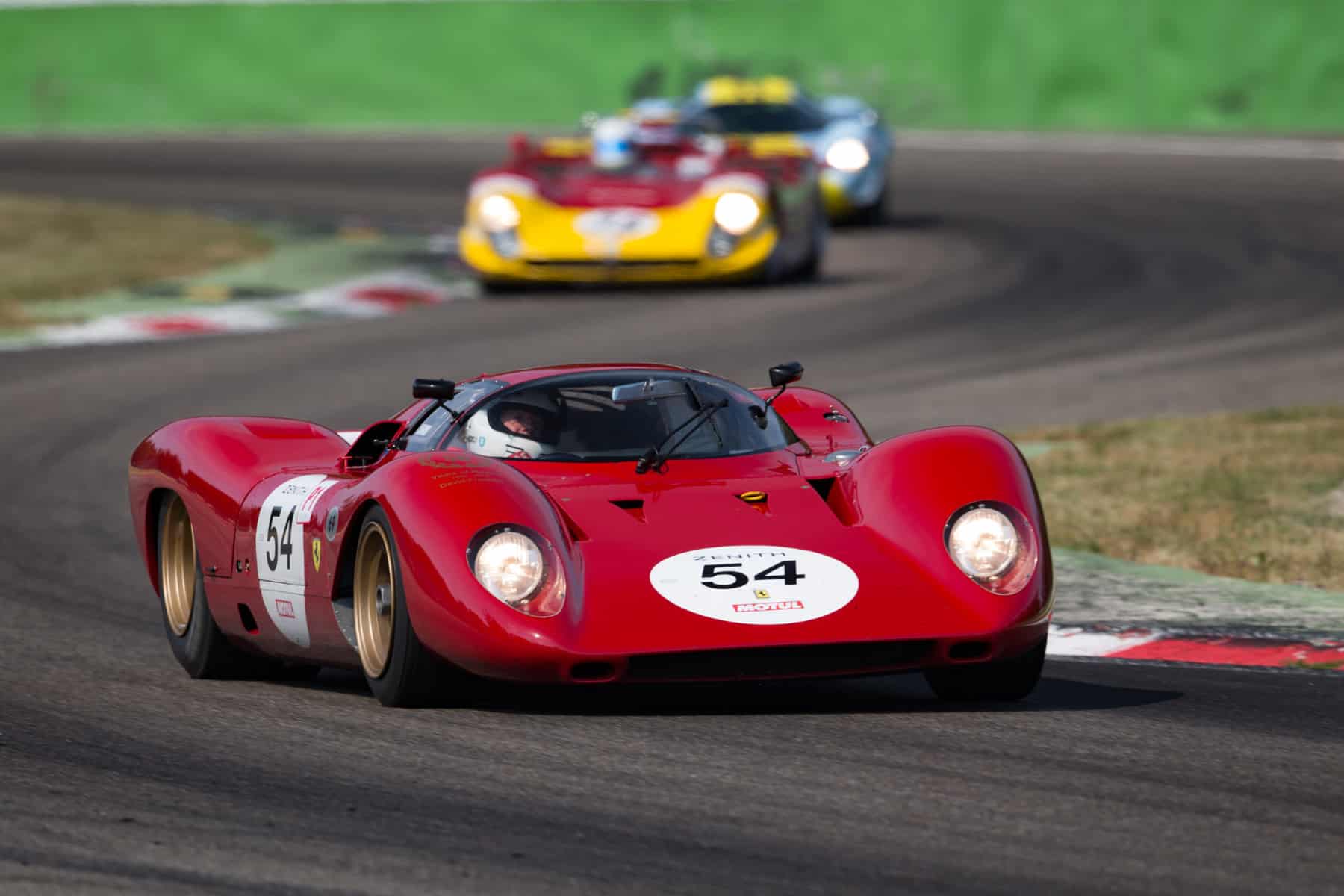
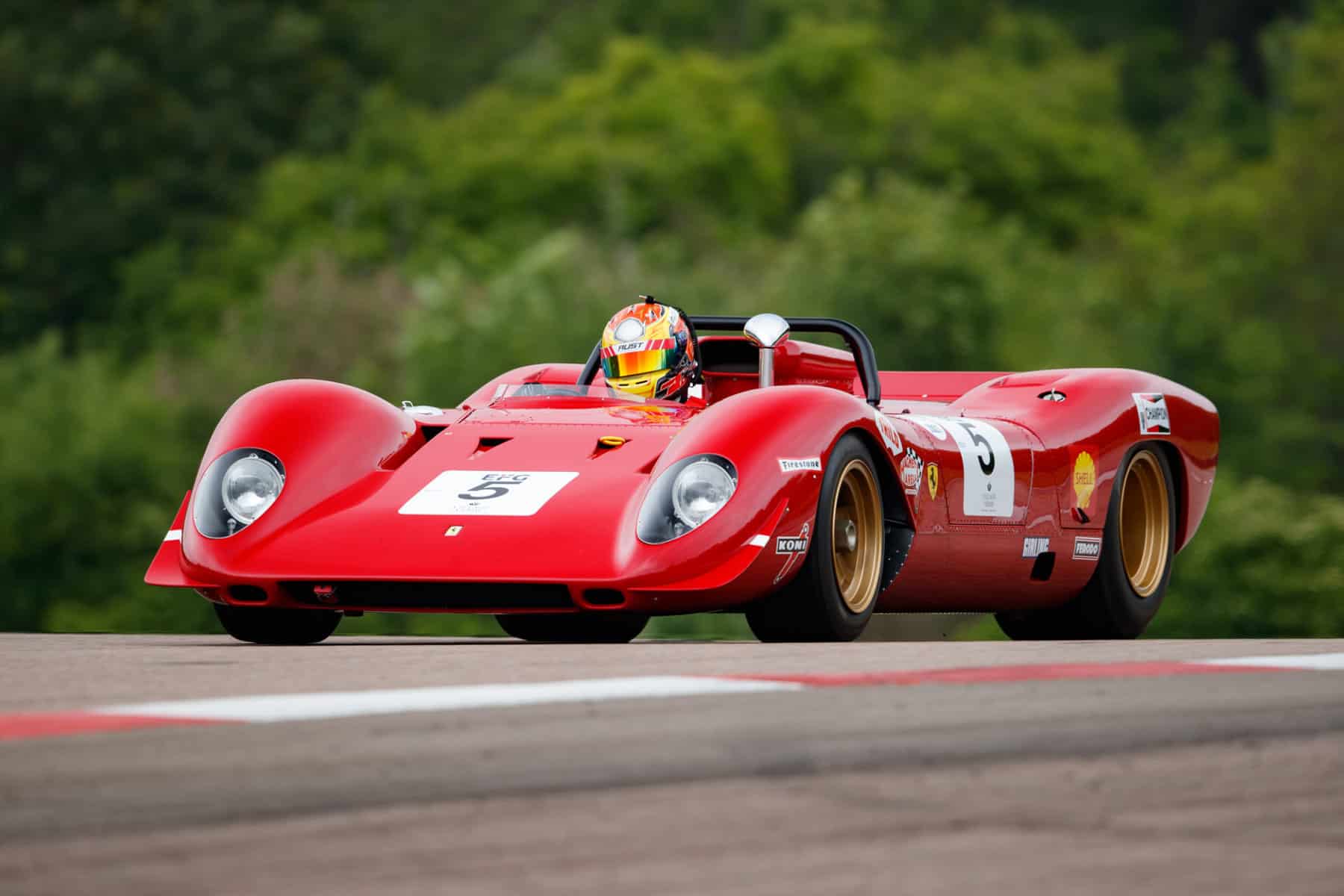


![alfa gtz perfectly imperfect webannerl[1]](https://automedia.revsinstitute.org/wp-content/uploads/2024/08/Alfa-GTZ-Perfectly-Imperfect-webannerl1-uai-1200x800.jpg)

